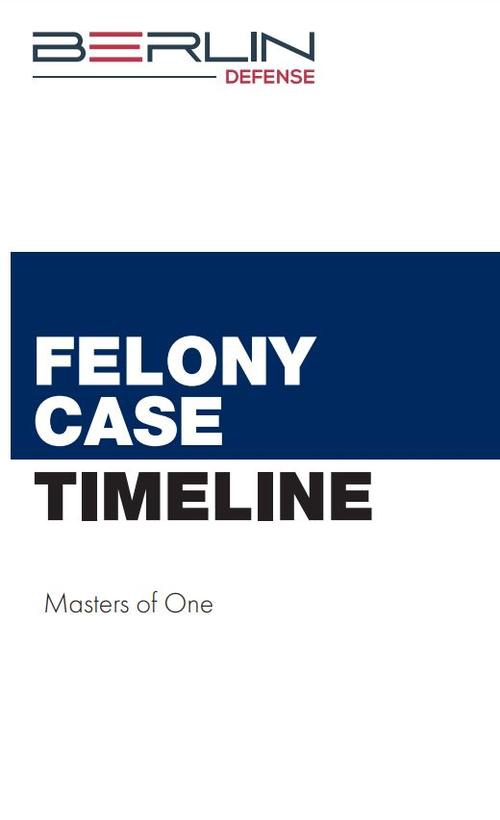Facing a legal charge can be scary and overwhelming. Fully understanding the charges and your rights can help ease some of the uncertainty. Experienced defense attorney Lee Berlin offers a collection of articles that explore topics relevant to those charged with serious crimes in Oklahoma. Find out more about state law, your rights, possible legal options, tips for protecting yourself now, and much more.
- Page 1
-
Why an Experienced Oklahoma Sex Crime Defense Attorney Is Essential for Your CaseFacing a sex crime accusation in Oklahoma? Learn why choosing a defense attorney with exclusive focus on sex crime cases can make all the difference.
-
Don’t Take Chances With Your Future When You’re Facing Sex Crimes Changes in OklahomaTulsa sex crimes defense lawyer Lee Berlin answers your questions about the cost of legal representation.
-
Defending Against Prostitution-Related Charges in OklahomaTulsa sex crimes defense attorney Lee Berlin discusses Oklahoma prostitution laws and the best way to handle charges for prostitution-related offenses.
-
Charged with Distributing Obscene Material or Child Pornography in OklahomaDistributing Obscene Material or Child Pornography in Oklahoma
-
Charged With Aggravated Possession of Child Pornography in OklahomaSex crimes defense lawyer Lee Berlin discusses aggravated possession of child pornography in Oklahoma, including how copies of files can lead to this charge.
-
Charged With Distribution or Exhibition of Child Pornography in OklahomaDistribution or Exhibition of Child Pornography in Oklahoma
-
Charged With Purchasing, Procuring, or Possessing Child Pornography in OklahomaCharges for the purchase, procurement, or possession of child pornography in Oklahoma have stiff penalties. You need Tulsa sex crimes defense lawyer Lee Berlin.
-
Charged With Procuring a Child Under 18 Years Old for Prostitution, Lewdness, or other Indecent Acts in OklahomaProcuring a child under 18 years old for prostitution, lewdness, or other indecent acts in Oklahoma
-
Charged With Engaging or Soliciting Child Prostitution in OklahomaEngaging or Soliciting Child Prostitution in Oklahoma
-
Charged With Rape by Instrumentation in OklahomaLearn how rape by instrumentation is prosecuted under the law and why you need our Tulsa sex crimes attorney on your side if you're facing this felony charge.
-
Charged With Procuring or Causing Minors to Participate in Obscene Material in OklahomaWhen you're charged with procuring or causing minors to participate in obscene material, you need Tulsa sex crimes attorney Lee Berlin.
-
Second Degree Rape Criminal Defense Lawyer in OklahomaIf you're charged with second-degree rape in Oklahoma, contact Tulsa criminal defense attorney Lee Berlin. Your freedom and your future are at stake.

